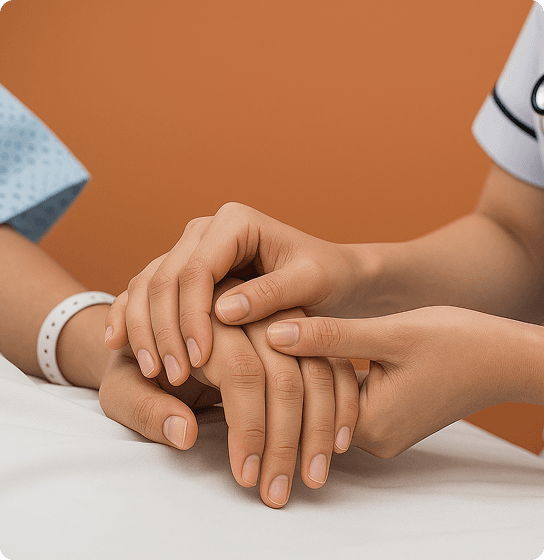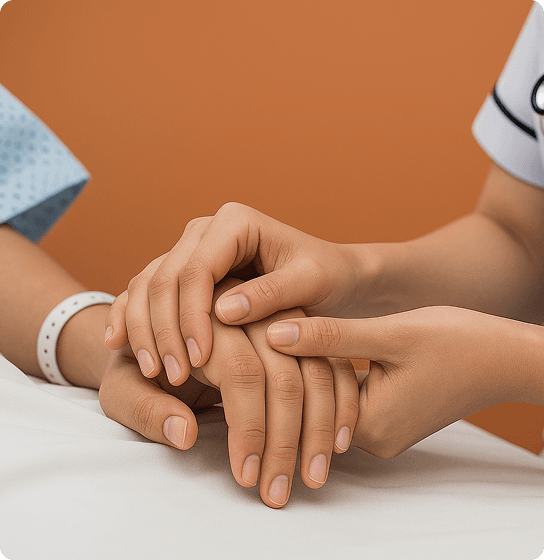
Laparoscopy
Laparoscopy is a keyhole surgery done under general anesthesia. A small cut (usually near the belly button) is made, and a telescope attached to a camera to view the pelvic organs. Through additional tiny incisions, instruments can be used to treat conditions such as endometriosis, ovarian cysts, fibroids, or blocked fallopian tubes. Because it provides both diagnosis and treatment, laparoscopy is often used in fertility care. Women usually go home the same day or after an overnight stay. It’s common to feel mild abdominal discomfort, bloating, or shoulder tip pain (from the gas used to inflate the abdomen) for a few days. Most women return to normal activity and work within 5–7 days, but heavy lifting and vigorous exercise are best avoided for 2 weeks.

For whom?
Laparoscopy is recommended for women who may have conditions affecting the ovaries, fallopian tubes, or pelvic area that impact fertility or cause pelvic symptoms.
It’s especially relevant if:
- You have endometriosis, ovarian cysts, or fibroids suspected on ultrasound or causing pain.
- You have blocked fallopian tubes or previous pelvic infection or surgery.
- You experience unexplained infertility after standard investigations.
- You have pelvic pain, painful periods, or pain during intercourse.
- You need treatment and diagnosis in the same procedure for conditions affecting fertility.

Laparoscopy
Laparoscopy is a keyhole surgery done under general anesthesia. A small cut (usually near the belly button) is made, and a telescope attached to a camera to view the pelvic organs. Through additional tiny incisions, instruments can be used to treat conditions such as endometriosis, ovarian cysts, fibroids, or blocked fallopian tubes. Because it provides both diagnosis and treatment, laparoscopy is often used in fertility care. Women usually go home the same day or after an overnight stay. It’s common to feel mild abdominal discomfort, bloating, or shoulder tip pain (from the gas used to inflate the abdomen) for a few days. Most women return to normal activity and work within 5–7 days, but heavy lifting and vigorous exercise are best avoided for 2 weeks.
For whom?
Laparoscopy is recommended for women who may have conditions affecting the ovaries, fallopian tubes, or pelvic area that impact fertility or cause pelvic symptoms.
It’s especially relevant if:
- You have endometriosis, ovarian cysts, or fibroids suspected on ultrasound or causing pain.
- You have blocked fallopian tubes or previous pelvic infection or surgery.
- You experience unexplained infertility after standard investigations.
- You have pelvic pain, painful periods, or pain during intercourse.
- You need treatment and diagnosis in the same procedure for conditions affecting fertility.
